ARPES - Theory and Applications
Wednesday, June 10th, 2020 @ 11 AM (AEST)
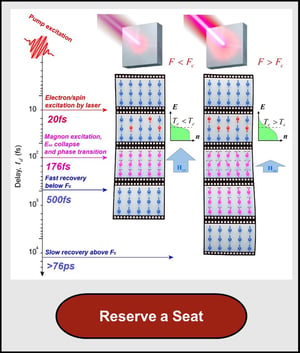 Time and angle-resolved photoelectron spectroscopy (Tr-ARPES) can map the full band structure of a material, including both the occupied and the unoccupied bands. This makes it possible to uncover important new information about the static and dynamic properties of materials. Time and angle-resolved photoelectron spectroscopy (Tr-ARPES) can map the full band structure of a material, including both the occupied and the unoccupied bands. This makes it possible to uncover important new information about the static and dynamic properties of materials.
After exciting a material with a femtosecond laser, time-resolved ARPES can map out the normally-empty conduction band to accurately measure the bandgap. In addition, by tuning the laser excitation fluence, new states and phases in both magnetic and quasi-2D charge density wave (CDW) materials can be uncovered.
ARPES is arguably the most powerful method for probing the electronic structure of solids to gain insight into a number of properties such as conductivity, magnetoresistance, superconductivity and magnetism laying the framework for applications ranging from solar cells, photocathodes and catalysis to spintronics, topological materials and quantum technologies.
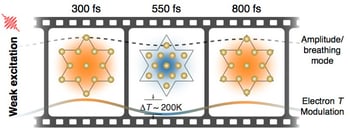 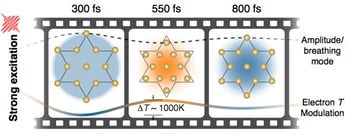
|
Speakers
Prof. Henry Kapteyn and Prof. Margaret Murnane, University of Colorado at Boulder
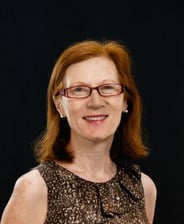 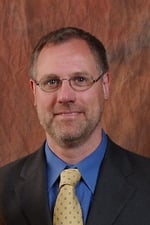 Henry Kapteyn and Margaret Murnane are Professors of Physics at the University of Colorado at Boulder, and fellows of JILA - a research institute joint between the University of Colorado and NIST. Together they won the Benjamin Franklin Medal in 2020. Henry is a member of the US National Academy of Sciences, and Margaret is a Director of the National Science Foundation STROBE Center on Real Time Functional Imaging. Henry Kapteyn and Margaret Murnane are Professors of Physics at the University of Colorado at Boulder, and fellows of JILA - a research institute joint between the University of Colorado and NIST. Together they won the Benjamin Franklin Medal in 2020. Henry is a member of the US National Academy of Sciences, and Margaret is a Director of the National Science Foundation STROBE Center on Real Time Functional Imaging.
As long-term collaborators, Margaret and Henry have developed few-cycle femtosecond lasers, and “tabletop x-ray lasers” based on high harmonic upconversion.
References
[1] Y. Zhang et al., "Coherent modulation of the electron temperature and electron–phonon couplings in a 2D material," PNAS, p. 201917341, 2020, doi: 10.1073/pnas.1917341117.
[2] X. Shi et al., "Ultrafast electron calorimetry uncovers a new long-lived metastable state in 1T-TaSe2 mediated by mode-selective electron-phonon coupling," Science Advances, vol. 5, p. eaav4449, 2019, doi: 10.1126/sciadv.aav4449.
[3] P. Tengdin et al., "Direct light-induced spin transfer between different elements in a spintronic Heusler material via femtosecond laser excitation," Science Advances, vol. 6, p. eaaz1100, 2020, doi: 10.1126/sciadv.aaz1100 (2020).
[4] W. You et al., "Revealing the universal nature of the ultrafast magnetic phase transition in Ni by correlating extreme ultraviolet magneto-optic and photoemission spectroscopies," Physical Review Letters, vol. 121, p. 077204, 2018, doi: 10.1103/PhysRevLett.121.077204.
[5] P. Tengdin et al., "Critical Behavior within 20fs Drives the Out-of-Equilibrium Laser-induced Magnetic Phase Transition in Nickel," Science Advances, vol. 4, p. 9744, 2018, doi: 10.1126/sciadv.aap9744
|







 Henry Kapteyn and Margaret Murnane are Professors of
Henry Kapteyn and Margaret Murnane are Professors of 